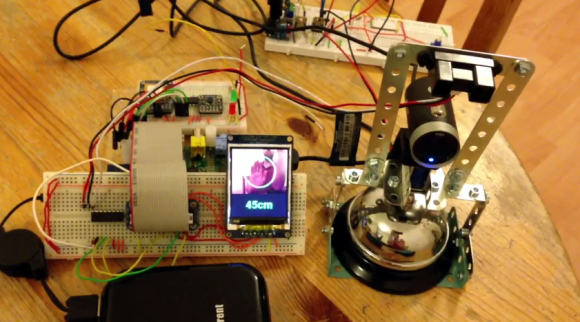
Take one look at the sticker on top of this project box and it’s pretty clear you’re not supposed to flip the switch protected by the piece of red plastic. But if your coworkers are anything like [The Timmy's] there’s at least a few who will stop by and just can’t keep their hands off. He built this to teach those sorts a lesson. Flip the switch and a very loud siren starts blaring. The thing is, the 107db alarm can’t be turned off by the switch, you must have the key for the switch on the side.
The siren is a self-contained unit that just needs a power source between 6V and 15V. This makes the project quite simple, the only part that [The Timmy] really needed to think about was how to build a mechanical SR Latch (set-reset). The solution is to use a mechanical relay. The toggle switch connects the normally open connector to the common terminal to enable the relay. The key switch breaks the relay’s connection to ground, allowing the magnetic switch to open again.
If you need some help understanding how the relay connections work we’ve embedded an unrelated video after the break.











Recent comments